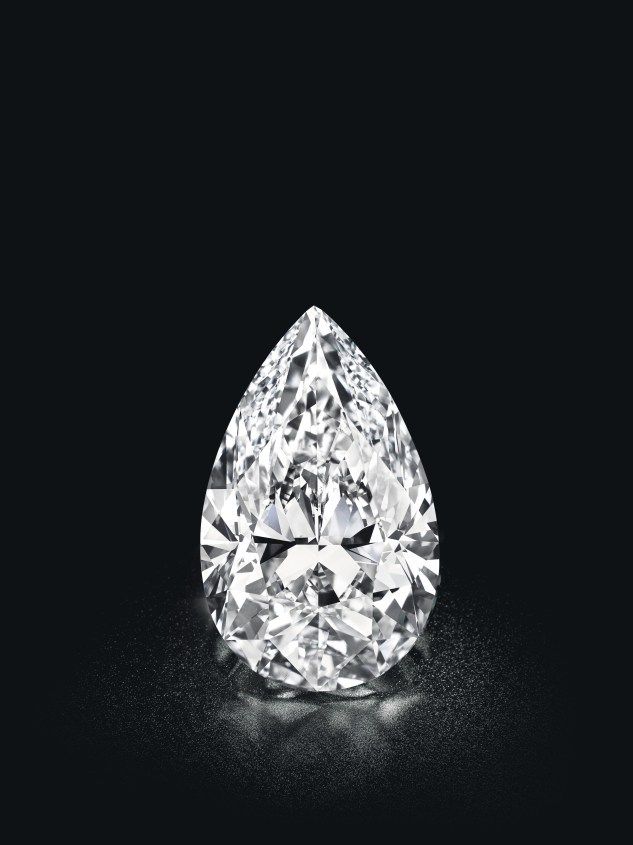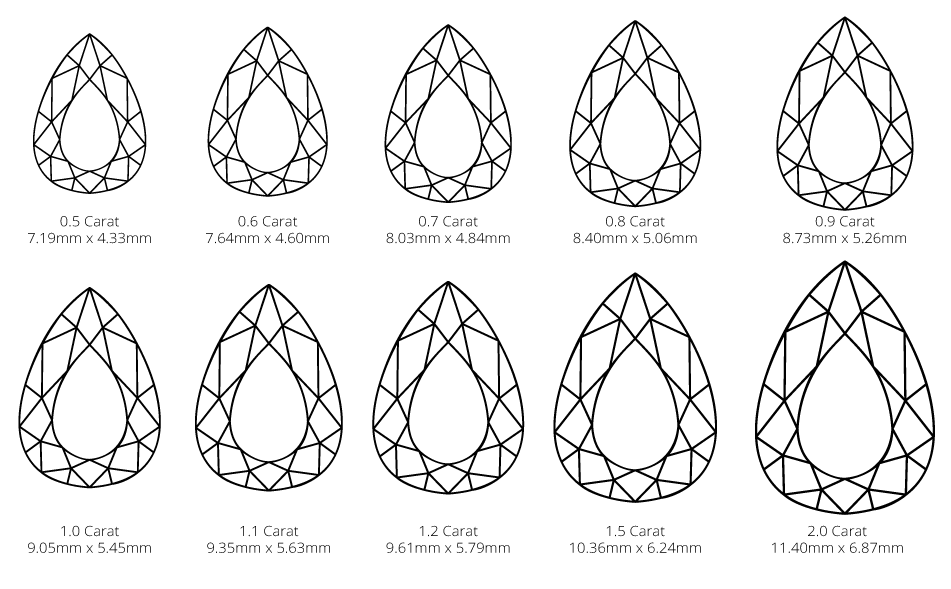Pear Cut Diamond
Pear Cut Diamond
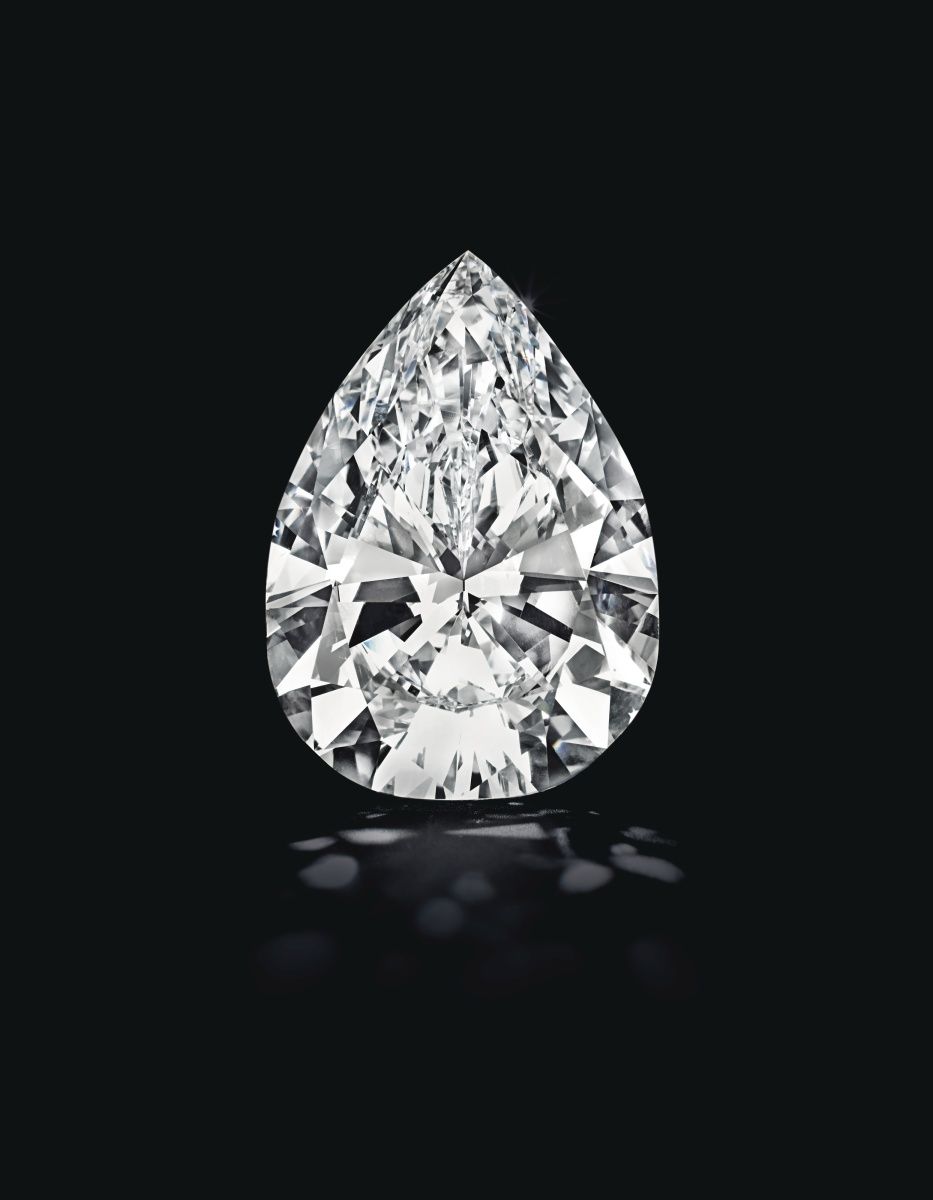
In this article, we will cover the following topics. To save time, you may directly jump to the section that answers your questions.
- Introduction to Pear Cut Diamonds
- Most Important Factors to Consider
- How to Prioritize the 4cs
- Pear Cut Diamond Proportions Chart
- Ideal length-to-width ratios
- Diamond Color
- Clarity of Diamonds
- Diamond Fluorescence
- The Issue of BGM
What are Pear Cut Diamonds?
The shape of a pear cut diamond is developed by brilliantly combining the faceting brilliance and fire of both round and marquise shape diamonds. Since they have a big spread like an oval or marquise cut diamond, they are larger than, say, a cushion cut diamond.
Most important points to look for in a Pear Cut Diamond?
- We recommend that all diamonds should be graded by the GIA (the Gemological Institute of America—the best diamond certification lab in the world).
- In terms of carat weight, it depends on your budget—anything above 1 carat is a good choice.
- In terms of clarity, SI2 or Slightly Included 2 is fine for under 1 carat. For above 1ct., go for SI1 or above at a minimum in a pear cut diamond.
- In terms of color, G (near colorless) or above is great. But if you have budget constraints, anything above J color is fine too. Also, go for up to medium blue fluorescence in G-J color diamonds (avoid fluorescence in D-F color).
- In terms of cut, a depth of 55-65% is great. A table of 52-63% is preferred. See the cut chart below carefully for more details.
- In terms of length-to-width ratio, a ratio of 1.38-1.60 is good depending on how elongated you want the pear cut diamond to appear.
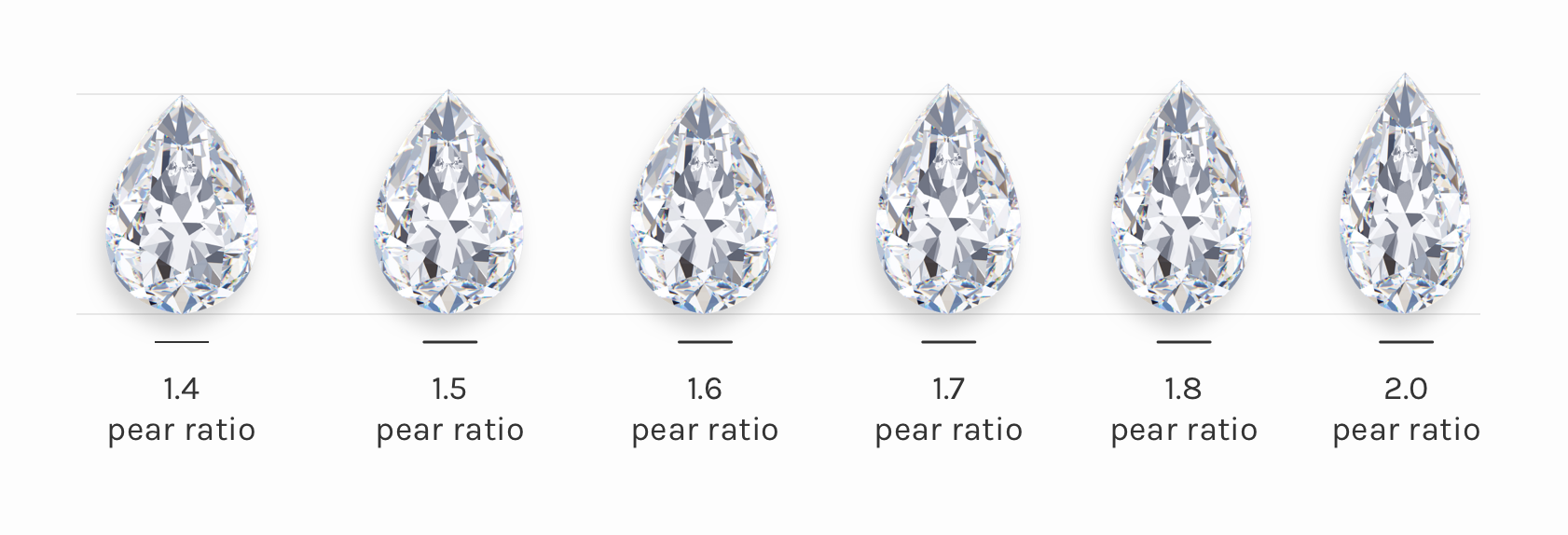
The 4 Scenarios While Deciding Which C to Prioritize
Over the last decade, we have seen these four scenarios that shoppers fall into as they prioritize the 4Cs and determine what diamond to buy.
Scenario 1: Customer go for the highest quality diamond possible within a carat range; we call these investment grade diamonds because they are rare. In this range, customers often go for D-E color diamonds, flawless to VVS clarity, and excellent cut with no fluorescence.
Scenario 2: This is our favorite scenario because customer under this category often take a balanced approach; meaning that they do not overly compromise on one C to maximize another. Diamonds in this category still fall within the investment grade range. The best options under this category are FL-VS2 or even eye-clean SI1 clarity, F-H color, and excellent to very good cut diamonds with ideal proportions and none to medium blue fluorescence.
Scenario 3: Under this scenario, customer often do not mind compromising on the other 3Cs to get a bigger diamond. However, they still want the stone to be eye clean with optimal brilliance. Hence, they would go for, say, a 2 carat, SI1 clarity, I/J color diamond, with good to very good cut instead of going for a 1.5 carat, G color, VS2, and ideal cut diamond.
Scenario 4: Under this scenario, the customer often decides that in order to get a large stone within their budget, they have to overly compromise on one C to maximize on the other 3Cs. In this scenario, we recommend that you compromise on color and maximize carat weight, clarity, and cut.

Let us get into details about Cut
Here is our best summary of how to assess the cut of a pear shape diamond. It is essential because the GIA does not assign a cut grade to pear shape diamonds, and only polish and symmetry are not enough to assess the cut of a pear shape stone. Depth, Table, and Length to Width ratios are among the most crucial factors while analyzing the cut of a pear cut diamond. The thickness of the girdle also bears importance.
|
Depth % Excellent: 58 – 62 Very Good: 56 – 58-62 – 66 Good: 53 – 56/66 – 71 Fair: 50 – 53/71 – 74 Poor: <50 or >74 |
Table: Excellent: 52-63 Very Good: 64 – 65 Good: 51/66-68 Fair: 50/69-70 Poor: <50 or >70 |
|
Length/Width Ratio Excellent: 1.45 – 1.55 Very Good: 1.40-1.45/1.56-1.65 Good: 1.35-1.4/1.66-1.80 Fair: 1.25-1.34/1.81-2.00 Poor: >1.25 – <2.00 |
Girdle Excellent: Very Thin-Slightly Thick/Thin-Thick Very Good: Very Thin-Slightly Thick/Thin-Thick Good: Very Thin-Thick Fair: Very Thin-Very Thick Poor: Extremely Thin-Extremely Thick |
|
Culet Excellent: None Very Good: Very Small Good: Small Fair: Medium Poor: Medium |
Fluorescence None, Excellent Faint, Excellent to V. Good Medium Blue, V. Good Strong Blue, Good Very Strong Blue, Good-Poor See more about diamond fluorescence. |
Let us now dig into the clarity issue of a pear cut diamond
The issue of clarity is the same in all diamonds. Because diamonds are formed naturally due to high pressure, depending on what type of inclusions they are, not only can they be visible in SI or below clarity grades, but they can also affect the brilliance and fire of a diamond.
So, what should you look out for in terms of diamond clarity? We suggest that you focus on two factors:
First, determine what you can afford and, based on that, what clarity is appropriate. It is not important to go for the highest clarity grade (flawless) since VVS/VS1 are great grades for investment grade diamonds. Because inclusions are the natural birthmarks of a diamond, sometimes dealers prefer a VVS grade over flawless or internally flawless because it is one way to distinguish a natural diamond from a synthetic one. It is almost impossible to make such inclusions in lab-made diamonds. If you are on a budget, SI2 or above clarity grade is fine if the diamond is eye-clean to the naked eye. In this case, getting a diamond that does not have any inclusion on the table is important. Also, make sure that the inclusions are not heavy black crystals. We generally prefer diamonds that have small inclusions spread out and ones that are not on the table.
Second, balance the issue of clarity with the other 3Cs of the diamond, such as carat weight, color, and cut. For example, it would be wise to get a D color diamond that is much smaller and lower in clarity than one having a better balance of the other Cs and not compromised in terms of the cut. Sometimes, a 0.7ct diamond would look as big as a 1ct. since the cut of the 1ct. is compromised and the diamond is cut shallow to save more weight while cutting it.
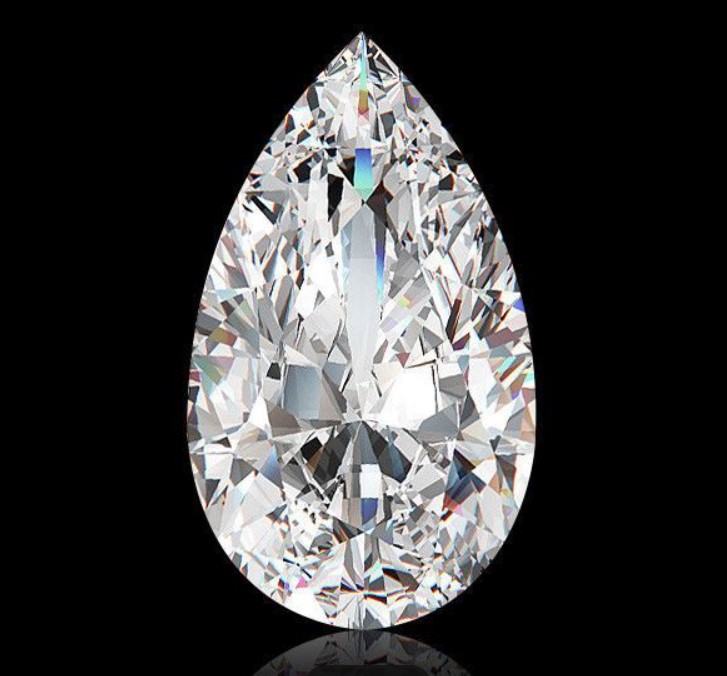
What about the color of a pear cut diamond?
Just like clarity, color is the same in all shape diamonds. In terms of importance, color is considered the second most important factor after a diamond’s cut. It affects the overall appearance of a diamond, unlike clarity that affects one specific spot.
In summary, you should focus on two important points:
First, decide what you can afford. If you can afford it, go for the highest color grade – D to F colors are considered colorless with no fluorescence. However, if you are on a budget, G-J colors are also considered near colorless and could be good options. Our optimal color ranges on a budget are G/H or, at most, I color. Medium blue fluorescence is a good ally in G/J color diamonds. Because fluorescence is blue, and blue is a complementary color to yellow, usually it would make slightly tinted diamonds appear whiter than they are.
Second, balance the color with other 3Cs, such as clarity, carat weight, and cut. While it is an important C, one should not compromise heavily on clarity and carat weight and most definitely not on cut to get a better color diamond.
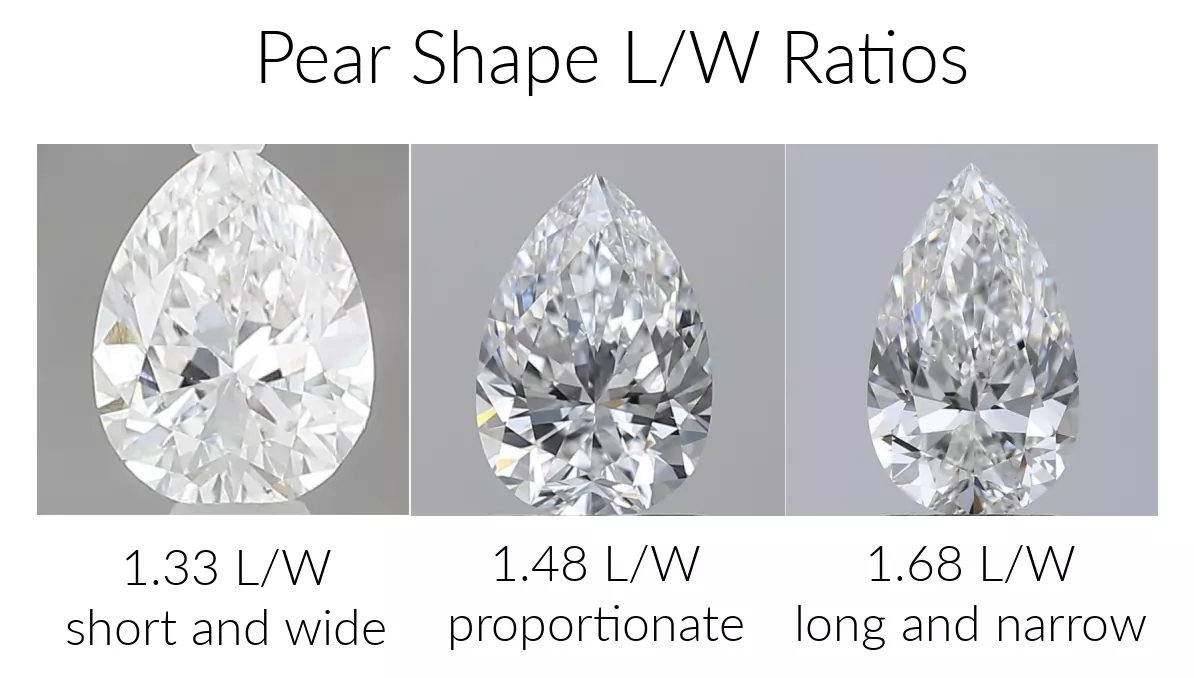
What about the issue of fluorescence?
The presence of fluorescence affects the price of a diamond, though it can be an ally for people with budget constraints. While it does not affect the brilliance of a diamond in most cases, we recommend avoiding it in D-F color diamonds. The boundary line is G color where it is neutral, and in H and above color diamonds, up to medium blue fluorescence is often a plus as it can make the diamond look whiter.
Remember to ask your dealer if the diamond has BGM.
This is a very technical term in the industry, and most consumers are not aware of it. It is also not specified in a GIA report, and so you will not know. BGM stands for Brown, Green, and Milky. These are shades that some diamonds, regardless of their clarity or color, would have and can affect the brilliance and fire of a diamond. Ask your dealer to inspect the stone for you and make sure that it does not have any BGM. Most dealers care about their clients and will make sure that they get a good stone.
It is also a good idea to have a strong return policy if you are shopping for a diamond online. In our experience, you must look for the following options when buying a diamond:
- Is it a reliable brand/reputable company?
- Do they offer a life-time service plan?
- Do they offer fair life-time upgrade options?
- Do they accept returns with a full refund?
Key Takeaways:
Ensure that you have considered seven factors such as shape, carat weight, cut, color, clarity, certification, and fluorescence while purchasing a diamond. These are the main factors that affect the price of a diamond. Also, make sure you balance the 4Cs and do not compromise on 3Cs over one particular C. Finally, go for a GIA graded diamond. They are the most consistent in terms of grading in the industry. The AGS (American Gem Society Laboratories) is the second lab that we recommend if you fail to find a GIA graded diamond in a specific range.
Let us know if you have any questions or want us to get you a diamond at a great price. Read our reviews; we are small but the best in the industry.
Credit: Sharif Khan on 7th Jan 2021

